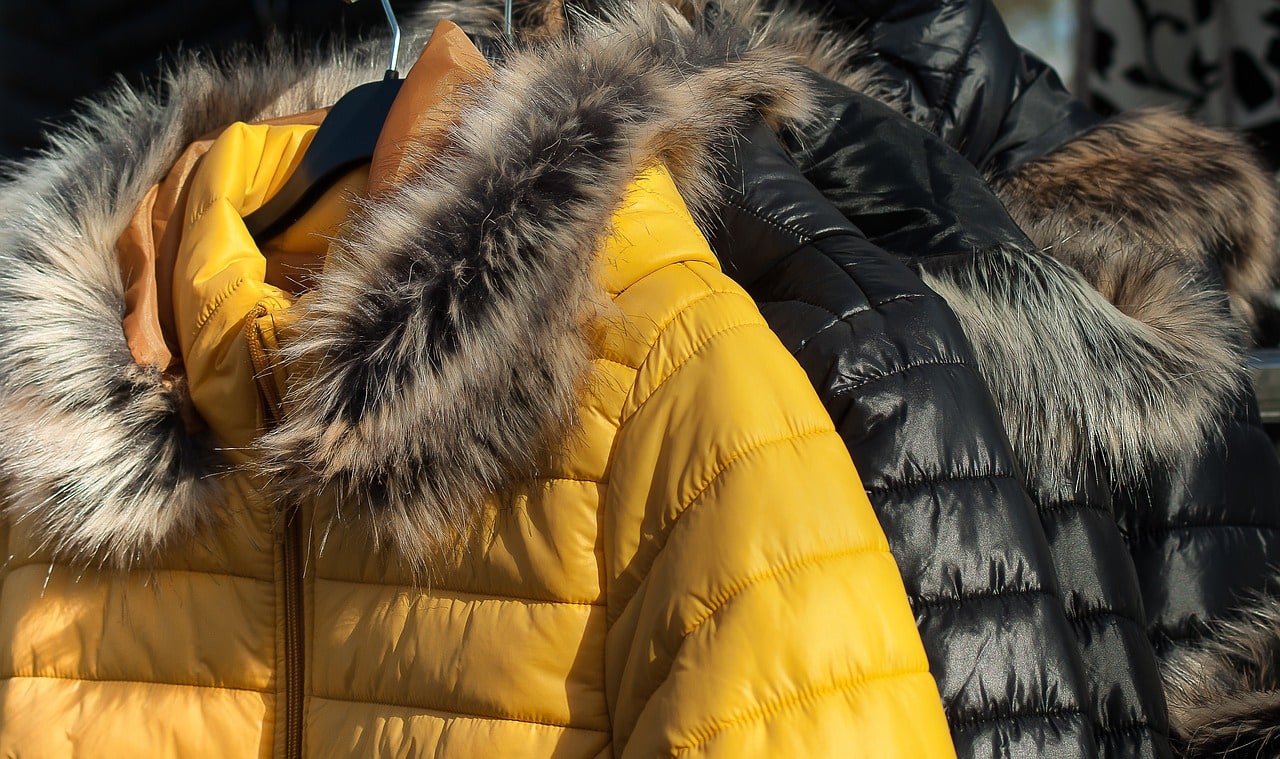Different jacket designs, functions, and characteristics exist. Multipurpose jackets have been made possible by the advent of synthetic materials for the shells, linings, and fillings, and the evolution of dress rules has made a variety of jacket designs suitable for a range of settings.Also,if you want to know about more information ,then you can visit Norse Projects.
- Rain jacket: Comprised primarily to defend against rain and snow, a rain jacket is made of waterproof fabrics.
- Bomber jacket: Often called a flying jacket due to its Air Force beginnings, the bomber jacket is a casual jacket with many pockets, a zip-up front, and ribbed and tightened arm cuffs.
- Blouson jacket: The blouson jacket has a fold-down collar in a classic design but is constructed similarly to a bomber jacket.
- Varsity jacket: Also referred to as letterman jackets, varsity jackets have patches on the front and arms and different coloured sleeves in contrast to bomber jackets. Although they were first worn for high school sports, these coats are now in style outside of the classroom.
- Harrington: The Harrington jacket has a high collar rather than a low one, a zippered front, and a belted waist similar to the bomber jacket.
- Denim jacket: Denim jackets, also known as jean jackets or trucker jackets, are casual garments manufactured from denim, a tough-woven cotton kind. Usually coloured blue, black, or grey, they are worn layered over T-shirts and cardigans.
- Leather jacket: Leather jackets include a stand collar, a front zip closure, and can be constructed of genuine leather or imitation leather. Today’s military coats are adaptable and may be dressed up or down. They first gained popularity during World War II.
- Motorcycle jacket: Also known as biker jackets, motorcycle jackets are constructed of strong materials like leather and have high collars and thick layers that protect the wearer in the event of a traffic accident.
- Double-breasted jacket: A form-fitting jacket with large front lapels that cross the wearer’s body is often worn for formal occasions. The front of the lapels buttons down and fastens with two columns of buttons.
- Suit jacket: Created for formal wear, a suit jacket normally comes in basic colours with minimal adornment and will have a matching pair of trousers. Because they are single-breasted, the lapels at the front barely slightly overlap where the button closures come together.
- Tuxedo: Also known as a dinner jacket, a tuxedo includes satin accents on the lapels, buttons, and pant legs but is constructed very similarly to a suit jacket.
- A blazer is a jacket that is comparable to a suit jacket but is cut slightly more casually and frequently has stylized buttons, making it appropriate for casual attire.
- Peacoat: Peacoats are bulky winter coats, frequently made of wool, with broad lapels and two lines of buttons.
- Puffer jacket: Also referred to as quilted jackets or down jackets, puffer jackets are insulated with down feathers or other warm materials and quilted, making them ideal for the winter.
- Anorak: Invented by the Caribou Inuit, an anorak is a thick, hooded jacket with excellent insulation that can withstand extremely cold conditions. They frequently include drawstrings to tighten the hood, much like hoodies, and are designed to be pulled overs.
- Windbreaker: A windbreaker is a lightweight jacket designed to withstand strong winds and mild precipitation. Typically composed of synthetic materials, it can be folded up into a compact size and stored in a duffel bag or backpack with ease.
- Field jacket: Lightweight, water-resistant field jackets with four front pockets were initially used by soldiers during World War I and later in the Vietnam War.
- Chore jacket: A chore jacket is a durable piece of workwear made of heavy materials like denim or twill.

Conclusion
So, we now know about several jacket types.

